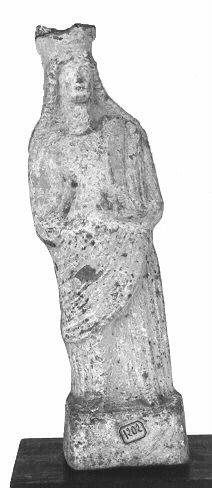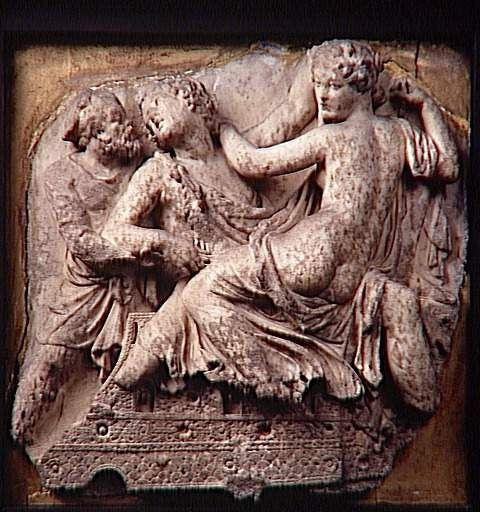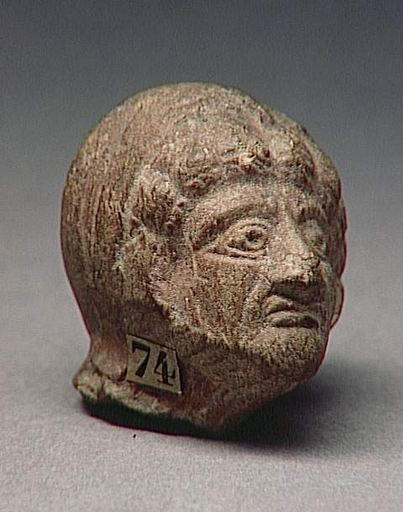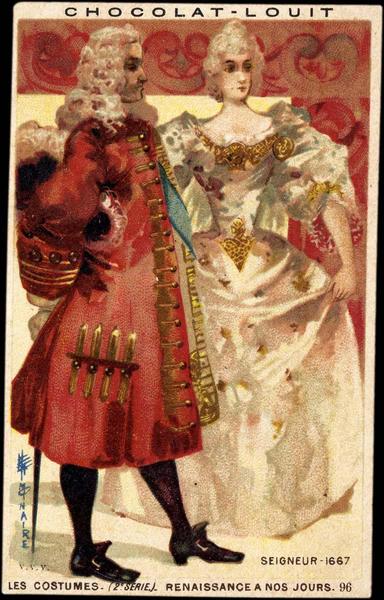Environ 30 résultats pour « Époque moderne »
-

Époque moderne
Pour le concept philosophique, voir la modernité. Pour le mouvement en peinture, voir l'Art moderne. Pour les articles homonymes, voir Les Temps modernes. Fichier:Recycle002. svg Cet article, ou cette section, doit être recyclé. Une réorganisation et une clarification du contenu sont nécessaires. Discutez des points à améliorer en page de discussion. L’époque moderne – ou les temps modernes – couvre la période historique commençant à la fin du Moyen Âge, généralement placée en 1453 ou en 1492. Selon les historiens français, cette période s'arrête avec la Révolution française, marquée généralement en 1789 ou 1792, et c'est l'époque contemporaine qui lui succède. Mais pour les historiens des autres pays occidentaux, l'époque moderne est toujours en cours et l'époque contemporaine a une autre définition. Dans cette perspective, l'époque moderne est celle où triomphent les valeurs de la modernité (le progrès, la communication, la raison). À l'inverse, la période précédente, le Moyen Âge, a longtemps été considérée comme un âge obscur, ou comme une sombre parenthèse. L'esprit de l'époque moderne cherche à se référer non pas au Moyen Âge, mais à un passé plus lointain, l'Antiquité, vu comme l'époque classique. Dans une perspective globale, l'époque moderne marque une grande pause entre le moment de l'intégration de deux mondes humains qui s'étaient totalement ignorés pendant plus de ans : l'Amérique – ou Nouveau Monde – et l'Afro-Eurasie – ou Vieux Monde. On parlera du Jeune Monde lorsque le continent australien sera découvert. Le temps écoulé a fait s'éloigner d'une telle manière cette époque du présent que les historiens de certains pays, dont la France, distinguent une quatrième époque, l'Époque contemporaine. Cette quatrième époque n'est certes pas à l'écart et a même vu une intensification extraordinaire de la tendance à la modernisation observée pendant l'Époque moderne. Cependant, cette intensification s'est faite avec des caractéristiques sensiblement différentes, fondamentalement parce qu'elle signifie le moment du développement extraordinaire et du triomphe des forces économiques et sociales qui avaient été en lente gestation durant l'Époque moderne : le capitalisme et la bourgeoisie; ainsi que les entités politiques qui se sont formées en parallèle : la nation et l'État. C'est cette périodisation « à la française » qui est adoptée dans cet article. Une description de l'autre périodisation (allemande, anglaise, etc. ) se trouve toutefois en fin d'article. La discipline historiographique étudiant cette période se nomme Histoire moderne, et ses historiens « modernistes » (qu'il ne faut évidemment pas confondre avec les artistes, écrivains ou religieux de la fin du XIX siècle ou du début du XX siècle).
-

-
- Domaine(s) :
- Archéologie
-
- Désignation :
- figurine
-
- Datation :
- Époque moderne
-
-

-
- Domaine(s) :
- Archéologie
-
- Désignation :
- figurine
-
- Datation :
- Époque moderne
-
-

-
- Domaine(s) :
- Archéologie
-
- Désignation :
- figurine
-
- Datation :
- Époque moderne
-
-

-
- Domaine(s) :
- Archéologie
-
- Désignation :
- figurine
-
- Datation :
- Époque moderne
-
-

-
- Domaine(s) :
- Archéologie
-
- Désignation :
- figurine
-
- Datation :
- Époque moderne
-
-

Panneau à l'étoile de huit losanges
-
- Domaine(s) :
- Archéologie
- Mosaïque
- Rome antique
-
- Datation :
- Ier siècle
- Rome antique
- Époque moderne
-
-

Bacchus et Ariane
-
- Domaine(s) :
- Archéologie
- Sculpture
-
- Sujet représenté :
- Ariane (mythologie)
- Bacchus
- Char
-
- Datation :
- IIe siècle
- Rome antique
- Époque moderne
-
-

Tête de vielle femme
-
- Domaine(s) :
- Archéologie
- Sculpture
-
- Sujet représenté :
- Caricature
- Femme
- Tête humaine
- Vieillesse
-
-

GAYANT ET SA FAMILLE (titre inscrit)
-
- Domaine(s) :
- Estampe
- Ethnologie
-
- Sujet représenté :
- Armure (équipement)
- Famille
- Gayant
- Gigantisme
- Vêtement
- Époque moderne
-
- Datation :
- XIXe siècle
-
-

-
- Artiste(s) :
- Anonyme
Gargouille à tête de bélier
-
- Domaine(s) :
- Sculpture
-
- Sujet représenté :
- Bélier
-
- Datation :
- Époque moderne
-
-

LE THEATRE A TRAVERS LES AGES / La comédie à l'hôtel de Bou…
-
- Domaine(s) :
- Estampe
- Ethnologie
-
- Sujet représenté :
- Femme
- Homme
- Théâtre
- Vêtement
- Époque moderne
-
- Datation :
- XXe siècle
-
-

LE THEATRE A TRAVERS LES AGES / La comédie italienne / Le c…
-
- Domaine(s) :
- Estampe
- Ethnologie
-
- Sujet représenté :
- Commedia dell'arte
- Homme
- Époque moderne
-
- Datation :
- XXe siècle
-
-

LE THEATRE A TRAVERS LES AGES / Le théâtre Mondain. / Une r…
-
- Domaine(s) :
- Divertissement
- Estampe
-
- Datation :
- XXe siècle
-
-

LE THEATRE A TRAVERS LES AGES / L'Opéra sous la Régence (ti…
-
- Domaine(s) :
- Divertissement
- Estampe
-
- Datation :
- XXe siècle
-
-

-
- Domaine(s) :
- Ethnologie
- Ivoire
-
- Désignation :
- grattoir | gratte-dos
-
- Datation :
- Époque moderne
-
-

41. LOUIS XIV (...) son cabinet. (titre inscrit)
-
- Domaine(s) :
- Estampe
- Ethnologie
-
- Sujet représenté :
- Courrier
- Lecture
- Louis XIV de France
- Monnaie
- Portrait
- Époque moderne
-
- Datation :
- XIXe siècle
- XXe siècle
-
-

LES COSTUMES - (2ème SERIE.) - RENAISSANCE A NOS JOURS. 96 …
-
- Domaine(s) :
- Estampe
-
- Sujet représenté :
- Couple (droit et sociologie)
- Vêtement
- Époque moderne
-
- Datation :
- XIXe siècle
- XXe siècle
-
-

LES COSTUMES- (2è SÉRIE) - RENAISSANCE A NOS JOURS.97.ANGLE…
-
- Domaine(s) :
- Estampe
-
- Sujet représenté :
- Angleterre
- Femme
- Panier
- Vente
- Vêtement
- Époque moderne
-
- Datation :
- XIXe siècle
- XXe siècle
-
-

LES COSTUMES- (2è SÉRIE) - RENAISSANCE A NOS JOURS.98.ALLEM…
-
- Domaine(s) :
- Estampe
-
- Sujet représenté :
- Course à pied
- Vêtement
- Époque moderne
-
- Datation :
- XIXe siècle
- XXe siècle
-
-

LES COSTUMES- (2è SÉRIE) - RENAISSANCE A NOS JOURS.99.HOLLA…
-
- Domaine(s) :
- Estampe
-
- Sujet représenté :
- Femme
- Néerlandais (peuple)
- Rinceau
- Vêtement
- Époque moderne
-
- Datation :
- XIXe siècle
- XXe siècle
-
-

LES COSTUMES- (2è SÉRIE) - RENAISSANCE A NOS JOURS.100.ALGE…
-
- Domaine(s) :
- Estampe
-
- Sujet représenté :
- Femme
- Tunique
- Époque moderne
-
- Datation :
- XIXe siècle
- XXe siècle
-
-

LES COSTUMES- (2è SÉRIE) - RENAISSANCE A NOS JOURS.101.ESPA…
-
- Domaine(s) :
- Estampe
-
- Sujet représenté :
- Croix (christianisme)
- Espagnols
- Rinceau
- Vêtement
- Époque moderne
-
- Datation :
- XIXe siècle
- XXe siècle
-
-

LES COSTUMES- (2è SÉRIE) - RENAISSANCE A NOS JOURS.102.ROBE…
-
- Domaine(s) :
- Estampe
-
- Sujet représenté :
- Femme
- Vêtement
- Époque moderne
-
- Datation :
- XIXe siècle
- XXe siècle
-
-

LES COSTUMES- (2è SÉRIE) - RENAISSANCE A NOS JOURS.ROBE GRA…
-
- Domaine(s) :
- Estampe
-
- Sujet représenté :
- Femme
- Époque moderne
-
- Datation :
- XIXe siècle
- XXe siècle
-
-

LES COSTUMES- (2è SÉRIE) - RENAISSANCE A NOS JOURS.104.GENT…
-
- Domaine(s) :
- Estampe
-
- Sujet représenté :
- Homme
- Perruque
- Vêtement
- Époque moderne
-
- Datation :
- XIXe siècle
- XXe siècle
-
-

LES COSTUMES- (2è SÉRIE) - RENAISSANCE A NOS JOURS.106.DAME…
-
- Domaine(s) :
- Estampe
-
- Datation :
- XIXe siècle
- XXe siècle
-
-

LES COSTUMES- (2è SÉRIE) - RENAISSANCE A NOS JOURS.107.GARD…
-
- Domaine(s) :
- Estampe
-
- Sujet représenté :
- Baïonnette (arme)
- Militaire
- Vêtement
- Époque moderne
- Épée
-
- Datation :
- XIXe siècle
- XXe siècle
-
-

-
- Domaine(s) :
- Archéologie
- Égypte antique
-
- Désignation :
- étiquette de momie
-
- Datation :
- Époque moderne
-
-

-
- Artiste(s) :
- Anonyme
Pierre de la Maison du Canon
-
- Domaine(s) :
- Architecture
- Sculpture
-
- Sujet représenté :
- Canon (artillerie)
-
- Datation :
- XVIIe siècle
- Époque moderne
-

